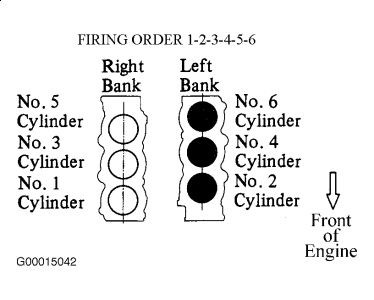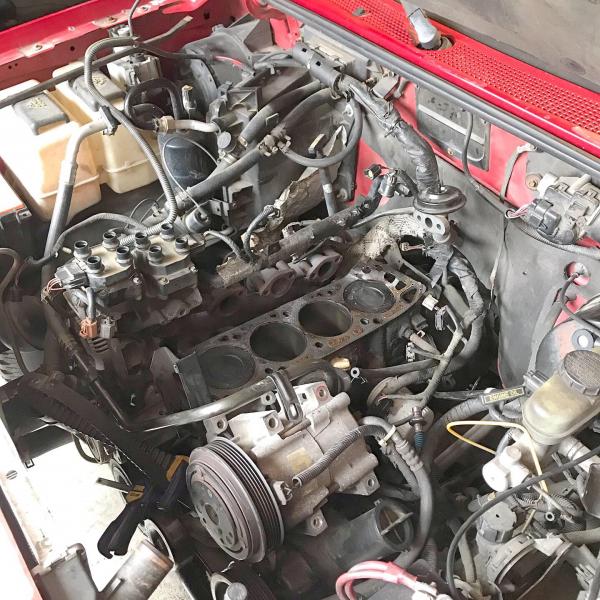
Finally, check compression levels by performing a compression test with a compression gauge attached directly to each cylinder while cranking over the engine. If these readings are outside of manufacturer specifications then they should be replaced with new parts.Ħ. Test all sensors related to fuel injection systems such as oxygen sensors, mass airflow sensors (MAF), throttle position sensors (TPS), etc., using a digital multimeter set on ohms mode if available. Inspect all hoses connected to the intake manifold for cracks, leaks, or other damage that could cause air leaks into the intake system which can lead to misfires due to incorrect air/fuel ratios in each cylinder during combustion cycles.ĥ. Check the air filter and fuel filter for clogs or blockages that could be causing a lack of air or fuel flow to the engine cylinders, resulting in an uneven combustion cycle that causes misfires.Ĥ. Replace any worn or damaged components as necessary.ģ.

Inspect the spark plugs and wires for signs of wear or damage. If any warning lights are illuminated, refer to your owner’s manual or contact a qualified mechanic for further assistance.Ģ. Check for any warning lights on your dashboard.

The following steps will help you diagnose an engine misfire:ġ.

Diagnosing an engine misfire can be a complex process (as well as figuring out how to fix an engine misfire), but it is important to identify and address the issue in order to ensure the safety and performance of your vehicle.


 0 kommentar(er)
0 kommentar(er)
